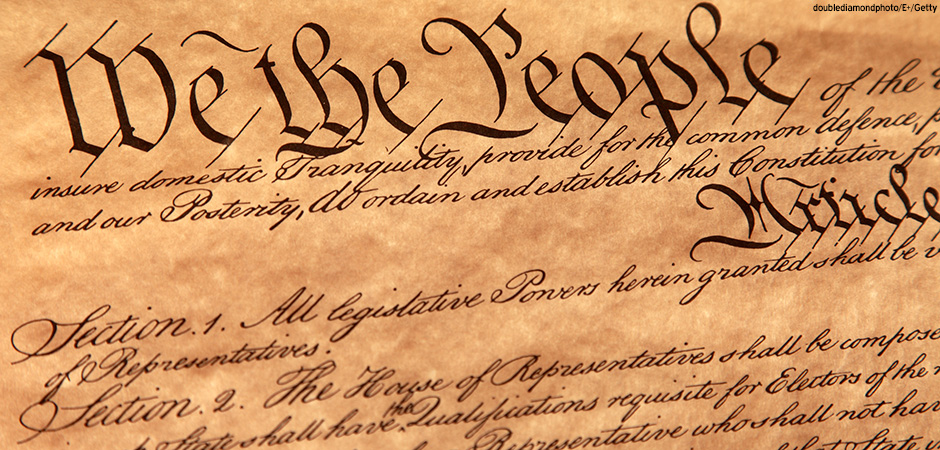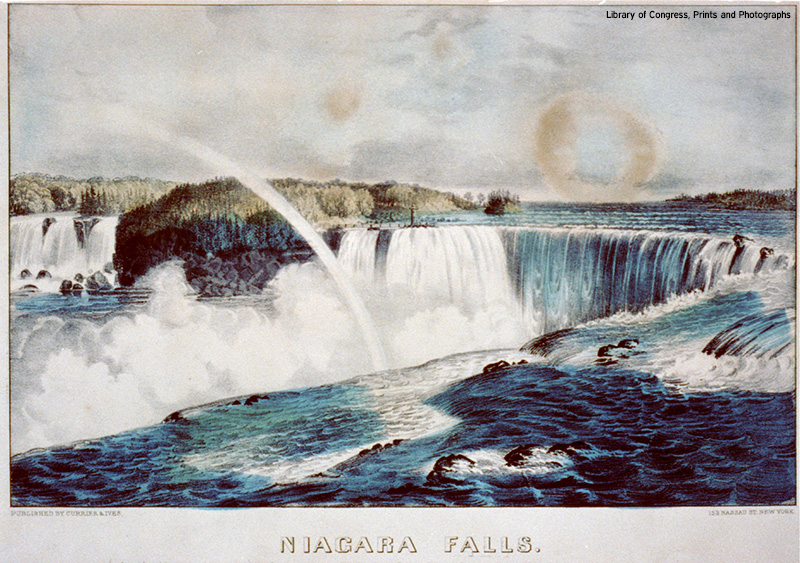
Brazil’s Election Upset
On October 30, 2022, the people of Brazil voted in a new president: Luiz Inacio Lula da Silva. “Lula,” as da Silva is widely known, beat out incumbent president Jair Bolsonaro by a narrow margin: 50.9 percent to 49.1 percent. Bolsonaro is a far-right populist who is known for his pro-business policies. Da Silva is a former president from the leftist Workers’ Party. He served a year in prison for corruption scandals that plagued his first term in office.
Da Silva received more than sixty million votes, the most votes for a candidate in Brazilian history. But the vote was still remarkably close. It means that President-elect da Silva will need to lead a deeply divided nation. This is already becoming evident. In the days following the election, protestors and trucks blocked roads in several hundred places around the country.
Brazil is the fourth-largest democracy in the world. The tensions between conservatives and leftist liberals in Brazil are similar to some of the political issues in the United States. Bolsonaro, during his time in office, loosened gun laws, decreased environmental protections for the Amazon, and had promised to continue to encourage business growth if elected to another term. De Silva campaigned on raising the minimum wage, restoring environmental protections for the Amazon, and to create a new government department for Brazil’s indigenous population.
Dig Deeper Compare and contrast the Brazilian election to your own local state election. Were there similar issues brought up in both elections? If so, did the candidates who supported those issues have similar results? Write a short response reflecting on how the issues you picked affected both elections.
Early Printing of Constitution Up for Auction
The original Constitution of the United States of America is permanently housed on the upper level of the National Archives Museum in Washington, D.C., but this isn’t the only copy that exists. In 1787, John Dunlap and David Claypoole printed about five hundred original copies of the document for the Constitutional Convention delegates. Of these 500 copies, only 13 remain, and 2 are privately owned. The remaining 11 copies are housed in museums, archives, and other institutions around the country. One of the privately-owned copies—known as the “Goldman Constitution,” after its former owner—is owned by Chicago Citadel hedge-fund billionaire Kenneth Griffin. He bought it in 2021 for $43.2 million and has loaned it to Crystal Bridges Museum of American Art. Now, the second privately-owned copy—known as the “Adrian Van Sinderen Constitution” after its longtime owner—is going up for auction on December 13, 2022.
Last year, a group called ConstitutionDAO attempted to raise enough money to buy the Goldman Constitution. Working online, the group raised more than $40 million in cryptocurrency from more than 17,000 donors. But Kenneth Griffin outbid them. ConstitutionDAO has not yet said if it plans to launch a similar campaign for the Van Sideren Constitution. Experts estimate that this rare and valuable historical document will fetch a bid of up to $30 million.
What Do You Think? In your opinion, should private citizens be able to buy and own historical documents such as the Constitution for their own collections? Or do such things belong in museums for all to enjoy? Explain.

A New Way to View Niagara Falls
You’ve probably seen plenty of photos of Niagara Falls. It is an official National Heritage Area and one of the seven natural wonders of the world. But did you know that the falls serve a practical function as well? Niagara Falls was once used to generate electricity. One hundred years ago, a giant tunnel was built on the Canadian side, just under Horseshoe Falls, the largest of Niagara’s three falls. The tunnel was part of the Niagara Parks Power Station. The kinetic energy of the falling water can be used to produce electricity. From 1905 to 2006, water was diverted from the Niagara River, through the giant generators in this power station, and then back out through the tunnel to the base of the falls. This process provided power to Buffalo, New York, and the rest of the region. Now, both the closed power station and the tunnel are open to visitors.
So, what can you expect to find if you go? First, you will visit the power station to see the giant generators and learn more about how the station produced energy. Then it’s on to the tunnel, which took four years to build using shovels, pickaxes, and dynamite. The tunnel is made up of four layers of brick and eighteen inches of concrete, and it is surrounded by shale. It’s eight meters (about 26 feet) tall, six meters (about twenty feet) wide, and 670 meters (about 2,198 feet) long. It once held 71,000 gallons of water moving at nine meters per second. Visitors can still see the chalky waterline near the top of the tunnel walls where the water flowed. The best part? The tunnel exits onto a viewing platform almost at the base of Horseshoe Falls, providing a spectacular view of the falls themselves, as well as of the tour boats bobbing at their foot.
